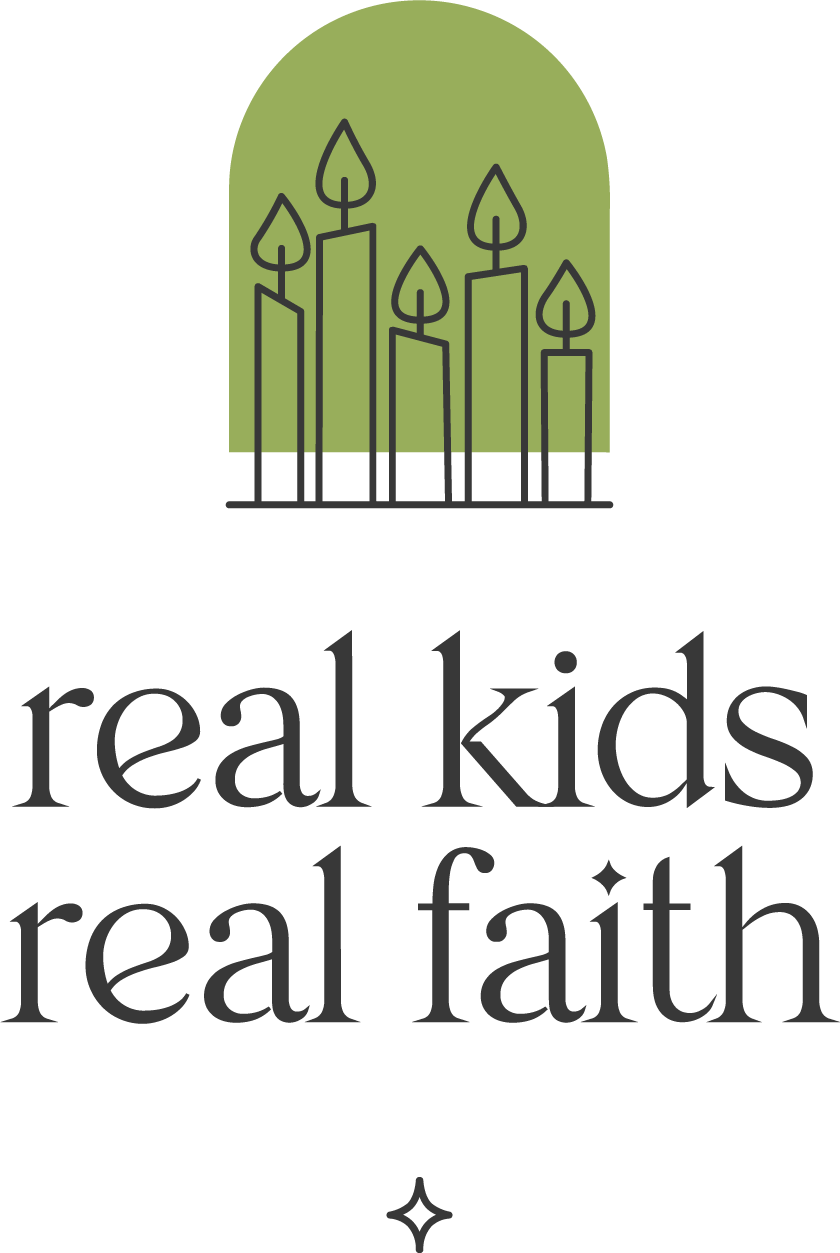I watched a mom hurriedly feeding an infant while another child hopped up and down next to the table. “But mommy,” said the preschooler, “I want to go play on the slide. When can I go play?” Mom replied that they would go to the play area in just a few more minutes and urged her daughter to sit down. Instead, the preschooler’s queries grew louder and louder as she began to bounce around the room, nearly knocking over a person carrying a full tray of food.
Learning to remain calm and settled takes skill. Most children (and adults) experience times when they struggle with impatience or frustrated desires. Often, a young child’s first response is to give into those feelings. It is only with practice and self-awareness that they discover other ways to manage their emotions.
As parents and caregivers, we can provide a host of self-calming strategies that kids can use independently. Early childhood educator Sasha Michaud suggests several options that can be adapted for a variety of settings. Try one or more of these approaches the next time you need to help kids calm down.
Tactile tactics. Waiting gets easier if a child’s hands are busy. Invite them to slowly draw invisible lines or shapes on a tabletop. Or suggest that they tap their fingers on their legs or knees. Stroking a lovey or piece of cloth can also be calming.
Seeing things. A simple visual assignment can redirect and dissipate energy. Encourage kids to count items (such as blue shirts, coffee cups, or pets) that they see around them. With children who know their colors, challenge them to find two (or more) things that represent each color of the rainbow.
Whispered words. When children get caught up in a feeling, it can be difficult to get their attention. Try whispering an instruction. Say: If you can hear my voice, put your hand on your belly [head, heart]. If there’s no response, try again, speaking even softer. Often, children will calm down because they are curious to hear what you are saying.
Three clues. Playing a simple game can also help children downshift. Say: I’m thinking of a food [animal, plant, toy]. I’ll give you three clues and then you can guess. Hold up one finger with the first clue, two fingers for the second, and three for the third. Then ask: What do you think I am thinking of? As children focus on your words and hand signals, their bodies and emotions settle.
Deep breaths. Taking a few deep breaths is perhaps the simplest approach and works just about anywhere. Invite children to put their hand on their belly and then to feel their belly move inward as they breath in and outward as they breath out. Encourage them to take several slow, deep breaths, watching their hand move in and out with each one.
Sing songs. Singing a favorite song together can redirect attention and calm rising emotions. Or you can make up a simple song that uses hand motions. For example, you could sing about patting your head with your hand in a singsong voice, and then switch to singing about rubbing your belly, tapping your shoulder, or stomping your feet.

Comments